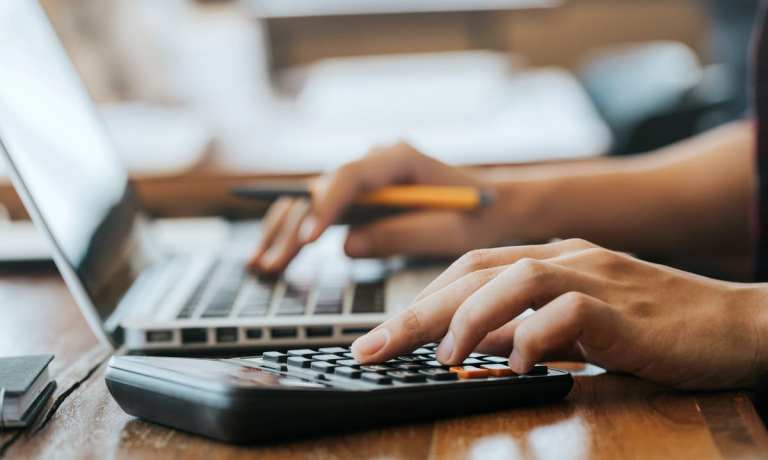
Stimulus checks did their job in January. The Commerce Department released its personal income report Friday (Feb. 26) showing an expected 10 percent spike as the year kicked off, which reflected the $600 stimulus checks included in the last coronavirus relief bill. By comparison, the 10 percent spike comes after a 0.6 rise in December.
Disposable personal income, which is calculated by subtracting income taxes, was up 11.4 percent. Stimulus checks accounted for approximately $1.6 trillion of the $1.9 trillion increase. The results set the stage for another increase in March or April if the current stimulus bill before Congress passes. That $1.9 trillion stimulus bill is expected to come before the House of Representatives on Friday (Feb. 26). After that, it will move the to the Senate and could potentially be sent to President Biden sometime in mid-March. The highlights: a third round of stimulus checks, extended federal unemployment benefits and increased funding for coronavirus vaccine distribution.
The Commerce Department report also showed a 2.4 percent rise in consumer spending, with outlays for goods far exceeding services. Within goods, both durable goods (led by recreational goods and vehicles, notably information processing equipment) and nondurable goods (led by food and beverages) contributed to the increase. Within services, the increase was led by food services and accommodations (notably, food services). Spending for healthcare (led by outpatient services) also increased, reflecting data on the volume of visits as well as revenue data.
The upcoming stimulus package, while expected to increase spending once again, has put economists on inflation alert. For January the Commerce Department report showed that the core price index increased 1.5 percent, the biggest gain in four months.
“The path of inflation has been the subject of much debate in recent weeks,” said Bloomberg. “While so-called base effects will temporarily push inflation metrics higher in the next few months, Fed Chair Jerome Powell has repeatedly emphasized his expectation that any pop in prices will likely prove temporary. Others who believe the price pressures will prove more lasting point to another large stimulus package and pent-up demand.”